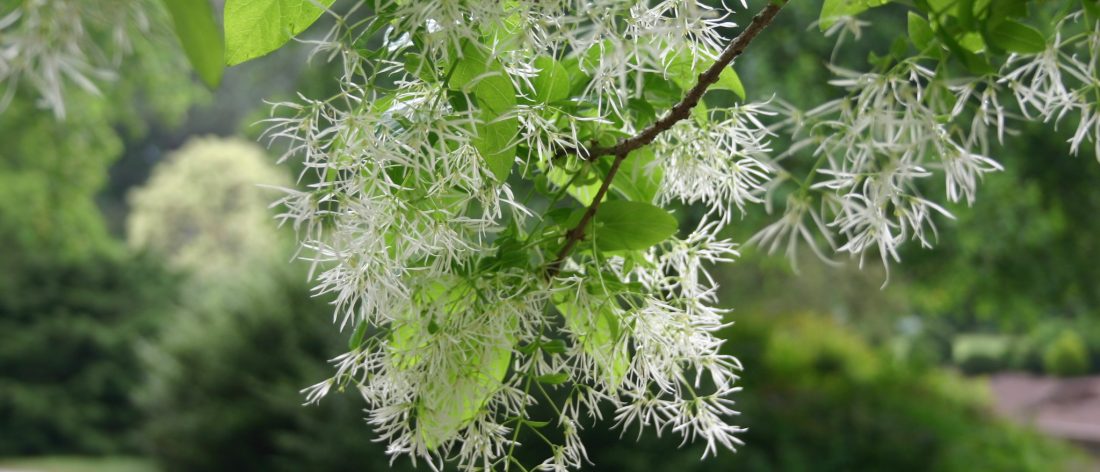Chionanthus virginicus
Part Used: The root bark.
Constituents: Phyllyrin, a lignin glycoside, Chionanthin.
Actions: Hepatic, cholagogue, alterative, diuretic, tonic, antemetic, laxative.
Indications: This valuable herb may be safely used in all liver problems, especially when they have developed into jaundice. It is a specific for the treatment of gall-bladder inflammation and a valuable part of treating gall-stones. It is a remedy that will aid the liver in general and as such it is often used as part of a wider treatment for the whole body. Through its action of releasing bile it acts as a gentle and effective laxative.
Priest & Priest tell us that it is a “relaxing and stimulating hepatic and alterative: stimulates the discharge of bile, promotes digestion of fats. Corrects excessive discharge of mucus into the gastro-intestinal tract” They give the following specific indications: Duodenal catarrh, hepatic torpor, catarrhal jaundice, gallstones. Alimentary glycosuria. Pancreatic disease & glandular disorders. Chronic disease of liver/spleen.
Ellingwood considered it specific for “the liver. It is a remedy for hepatic engorgement; jaundice more or less pronounced; pain over the region of the gall-bladder; pain in the epigastrium; pain radiating from the navel over the abdomen; soreness in the region of the liver, extending to the umbilicus; enlargement of the of the liver, determined by percussion; nausea; occasional vomiting; constipation with dry faeces, temperature slightly above normal; skin usually yellow.” In addition he recommends it for the following patholgies: acute congestion of the liver, catarrh of the common bile duct, acute jaundice, bilious headaches, jaundice of childhood, malarial conditions, sugar in theurine, diabetes mellitus, typhoid fever.
Combinations: For the treatment of liver and gall-bladder conditions it may be used with Barberry, Wahoo or Wild Yam.
Preparations & Dosage: Infusion: pour a cup of boiling water onto l-2 teaspoonfuls of the bark and leave to infuse for l0-l5 minutes. This should be drunk three times a day. Tincture: take l-2 ml of the tincture three times a day.






